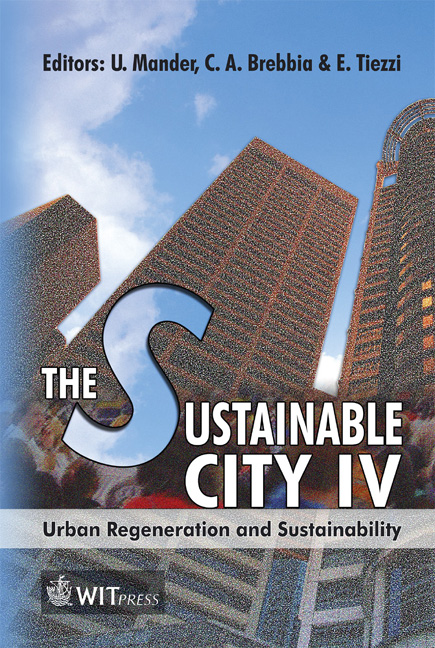Environmental Accounting Of Buildings: Outcomes From The Emergy Analysis
Price
Free (open access)
Transaction
Volume
93
Pages
10
Published
2006
Size
417 kb
Paper DOI
10.2495/SC060461
Copyright
WIT Press
Author(s)
F. M. Pulselli, R. M. Pulselli & E. Simoncini
Abstract
In recent years, efforts have been made to promote integrated building design practices based on the definition of \“green building” criteria as common standards of measurement. For example, Green Building Rating Systems such as LEED (US) and BREEAM (UK) provide national standards for developing high-performance sustainable buildings. However, integrated environmental accounting methods are still required to evaluate the general environmental performances of buildings in the two phases of their construction and their use, relative to problems such as global resource exhaustion and energy wasting. In this paper an emergy analysis is applied to buildings. The emergy method uses the thermodynamic basis of all forms of energy and matter and converts them into equivalents of one form of energy. Emergy enables the account of energy and material flows for building manufacturing, maintenance and use (housing). Different materials, technologies and structural elements can be compared to each other in order to hypothesise different scenarios for future buildings. A comprehensive appraisal of the building industry and its environmental impacts is then expected. Keywords: emergy analysis, building manufacturing, building maintenance, housing 1 Introduction An environmental policy for building industry aims to maintain a high quality built environment optimizing resource use. Energy consumption, energy wasting, emissions and environmental impacts due to human activity are expected to decrease.
Keywords
emergy analysis, building manufacturing, building maintenance, housing





